Hello Insect lovers
Greetings my friend @adalger I wish you have a great new Happy day and God bless you at all times. This will be my new entry to the wonderful Insects of the World community contest, sponsored and conducted by @adalger and these contests I consider them as very beautiful and unique I like that adrenaline rush while taking the photos to the insects with peculiar, beautiful and curious qualities. So if you want to know more, you better not go away, as this new insect I will tell you about is very beautiful and eye catching!!!.
Saludos mi amigo @adalger le deseo que tengas un gran nuevo Feliz día y que Dios te bendiga en todo momento. Esta será mi nueva entrada al maravilloso concurso de la comunidad de Insectos del Mundo, patrocinado y realizado por @adalger y estos concursos los considero como muy hermosos y únicos me gusta esa adrenalina mientras tomo las fotos a los insectos con cualidades peculiares, hermosas y curiosas. ¡Así que si queréis saber más, mejor no os vayáis, ya que este nuevo insecto del que os hablaré es muy hermoso y llamativo!.
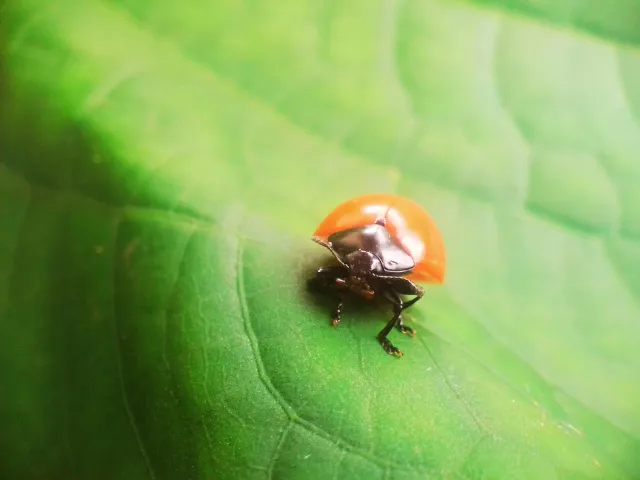
The Chrysomela populi is from the huge family of the "Chrysomelidae" of which there are 35,000 species worldwide known as the (leaf beetles), they can be found on the continents comprising Europe and Asia united..
El Chrysomela populi es de la inmensa familia de los “Chrysomelidae” de los cuales existen 35.000 especies en todo el mundo conocidas como los (escarabajos de las hojas), se pueden encontrar en los continentes que comprende Europa y Asia unidas.

Fun fact: All species of the "Chrysomelidae" including the "Chrysomela populi" are found or inhabit places such as humid forests or where their plants grow where they live and also feed..
Dato curioso: Todas las especies de los “Chrysomelidae” incluyendo la “Chrysomela populi” se encuentra o habitan en lugares como bosques húmedos o donde crecen sus plantas donde viven y también se alimentan.

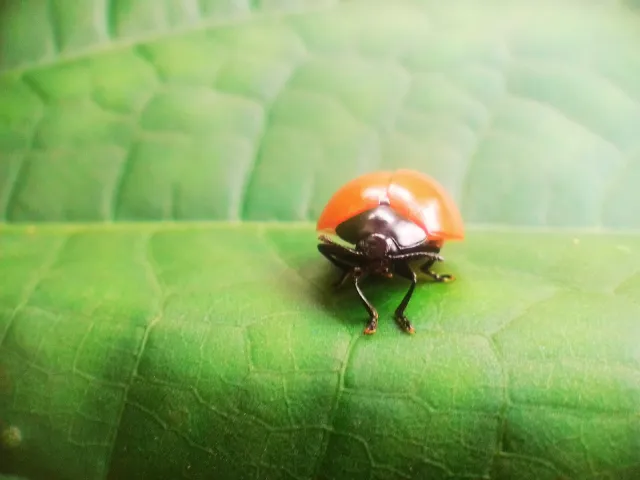
This small and beautiful insect when in the larval stage becomes light gray or completely white with black dots. Then when they move to the adult stage they reach an approximate length of 0.9 centimeters to 1.3 centimeters, but in this phase their colors are different since the body is black and can vary to dark green or dark blue, this time it is round and with a resemblance to the ladybug. From the pronotum to its head is black like its body, its hard wings or rather elytra that protect the wings below are bright red and striking..
Este pequeño y hermoso insecto cuando está en la fase de larva llégan a ser de un color gris claro o completamente blancas y con puntitos negros. Luego al pasar a la fase adulta llegar a tener una longitud aproximada de 0.9 centímetros hasta 1.3 centímetros, pero en esta fase sus colores son diferentes ya que el cuerpo es negro y puede variar a verde oscuro o azul oscuro esta vez es redondo y con un parecido a la mariquita. Desde el pronoto hasta su cabeza es de un color negro al igual que su cuerpo, sus alas duras mejor dicho élitros que protegen a las alas de abajo son de un color rojo brillante y llamativo.

Curious fact: All females of the species "Chrysomelidae" are much larger than the male..
Dato curioso: Todas las hembras de la especie “Chrysomelidae” son mucho más grandes que el macho.

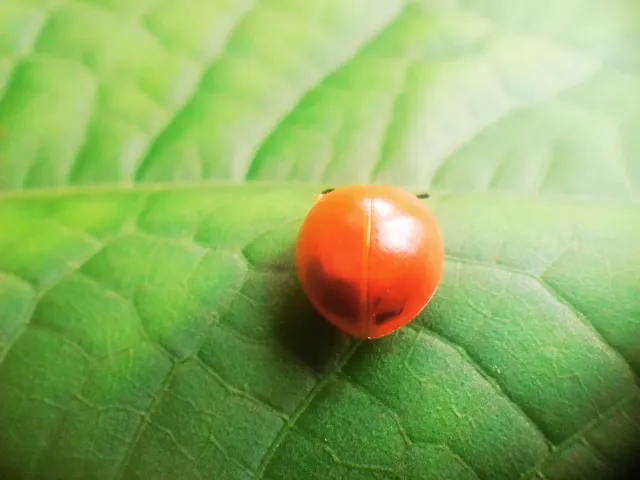
These insects in the adult phase are found mostly in the months of April to October, in addition the female usually lays her eggs in the spring season and can lay 20 to 30 eggs in a single day on the leaf she inhabits, this happens to leave 2 or 3 generations each year that passes, while the last of their generations spend the winter under the fallen leaves of the trees that are around them. From the larva to the adult stage, they feed on young leaves more than any other plant species of the "Salicaceae".
Estos insectos en la fase adulta se encuentran más que todo en los meses de abril a octubre, además la hembra suele poner sus huevos en la estación de primavera y llega a poner de 20 hasta 30 huevos en un solo día en la hoja que habita, esto ocurre para dejar 2 o 3 generaciones cada año que pase, mientras tanto la última de sus generaciones pasan el invierno bajo de las hojas cecas caídas de los árboles que están a su alrededor. Desde la fase de larva hasta la adulta se alimentan de las hojas jóvenes más que todos de la especie de plantas “Salicaceae”.

Curious fact: Only the species "Chrysomela populi" when it is in the adult stage usually expels a repellent liquid that has a red color taken from the "salicylic acid" that they get from the plants they feed from when they are larvae to adults..
Dato curioso: Solo la especie “Chrysomela populi” cuando está en la fase adulta suele expulsar un líquido repelente que tiene un color rojo sacado del “ácido salicílico” que lo obtienen de las plantas que se alimentan desde cuando son larvas hasta ser adultos.

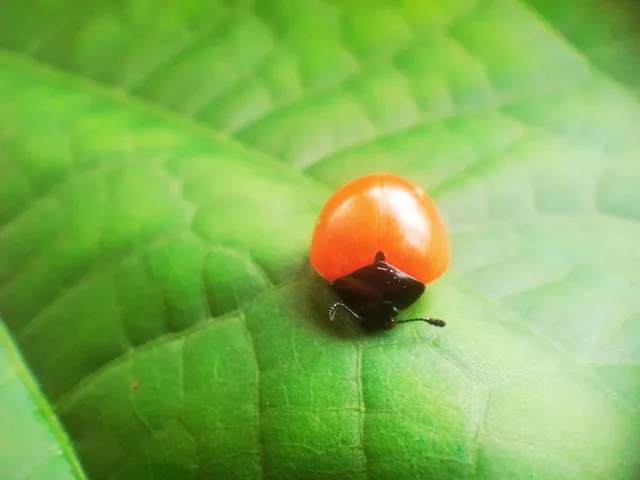
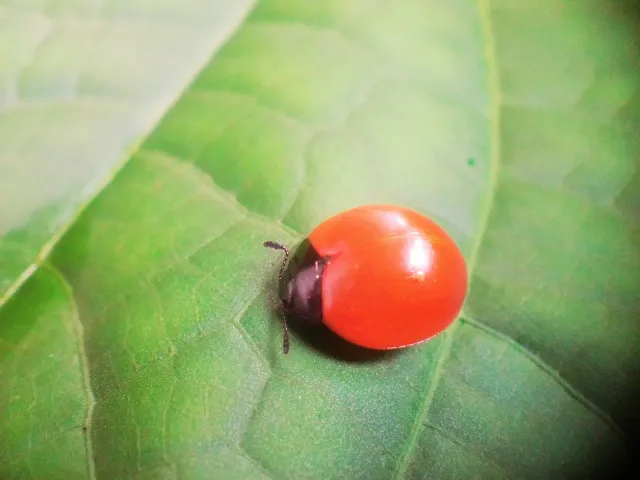
Finally, here are 2 curious facts about this insect and all its species..
Ya para terminar les dejo 2 datos curiosos de este insectos y de todas su especies.

Curious fact: The "Chrysomelidae" family is seven times larger than the number of mammals in the world..
Dato curioso: La familia de los “Chrysomelidae” son siete veces más extensas que el número de mamíferos que hay en el mundo.
Curious fact: Some of these species of the "Chrysomelidae" family are fearsome pests for farmers' crops and end up making all plants wither..
Dato curioso: Algunas de estas especies de la familia de lo “Chrysomelidae” son temibles plagas para la siembra de los agricultores y terminan haciendo que todas las plantas se marchiten.

I hope you liked my brief explanation and the curious facts about this beautiful insect, these photos were taken with a Samsung J7 and a magnifying glass. Comment what you thought about this post, see you in my next publications. See you soon.!!
Espero les haya gustado mi breve explicación y los datos curiosos de este hermoso insecto, estas fotos las he tomado con un Samsung J7 y una lupa. Comenta que te pareció este post, nos vemos en mis próximas publicaciones. Hasta Pronto.!!
Everything written in this post was analyzed by myself from what I researched about Chrysomela_populi. If you want to know more, I leave you the source where I have researched about this beautiful beetle: https://es.wikipedia.org/wiki/Chrysomela_populi
Todo lo que esta escrito en este post fue analizado por mi mismo de lo que investigue acerca del Chrysomela_populi. Si quieres saber más, te dejo la fuente donde yo he investigado acerca de este hermoso escarabajo: https://es.wikipedia.org/wiki/Chrysomela_populi
All images and photographs I upload, unless I specify otherwise, are made and owned by me. @josueprime highly original content.
Todas las imágenes y fotografías que subo, a no ser que especifique lo contrario, están hechas y son de mi propiedad. @josueprime contenido original.

